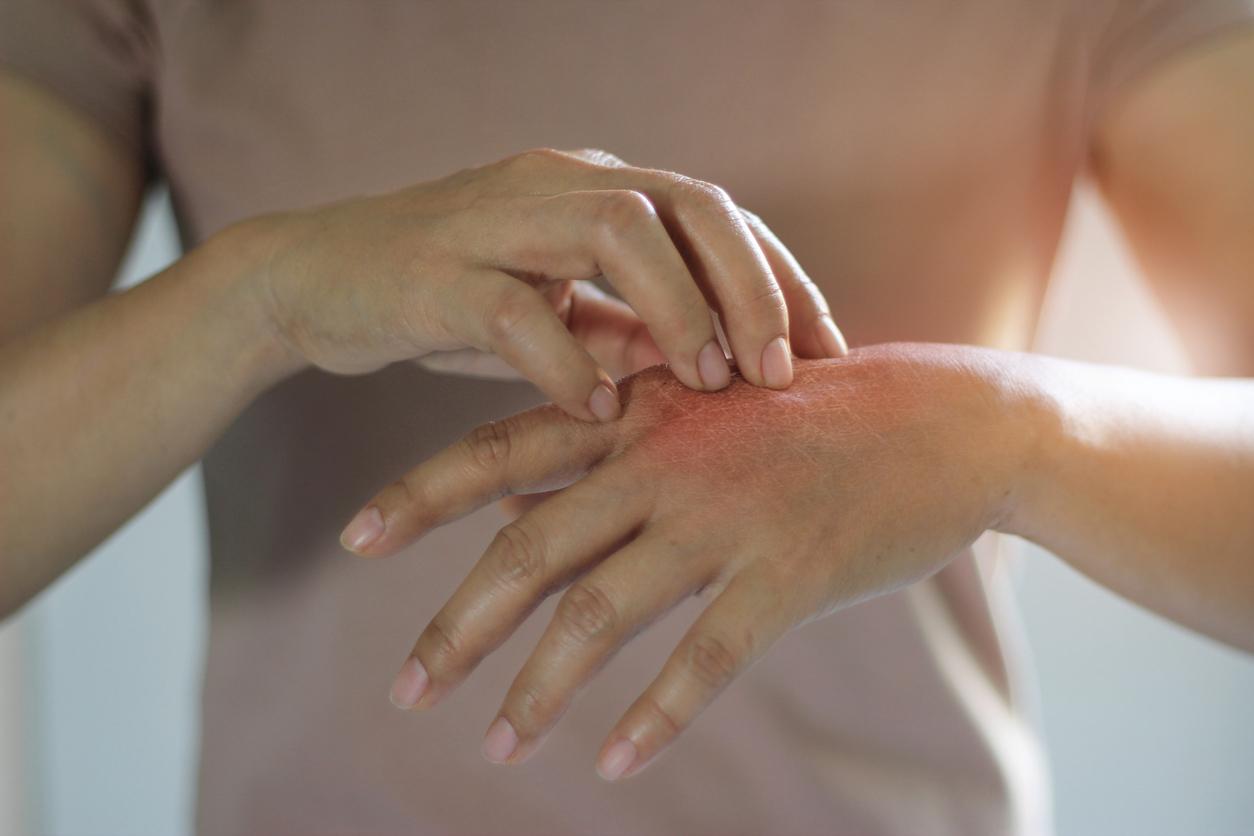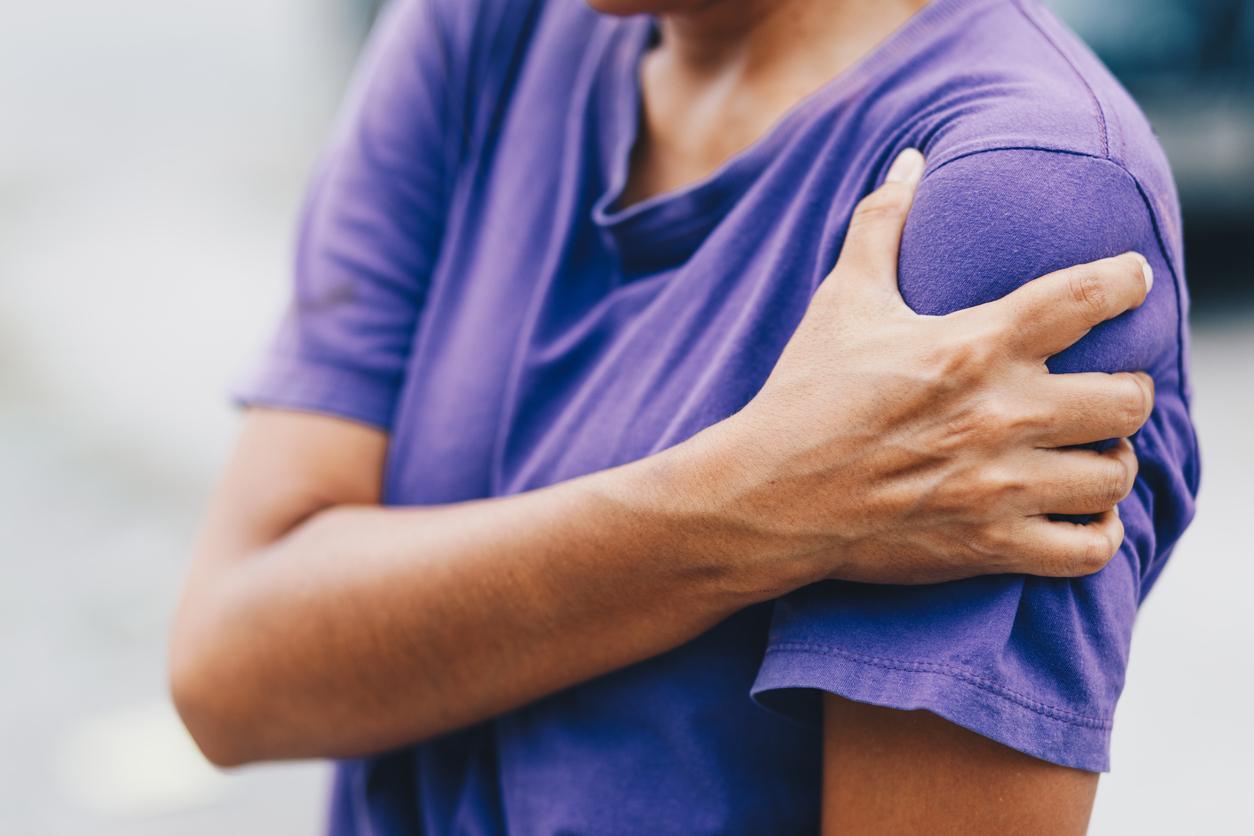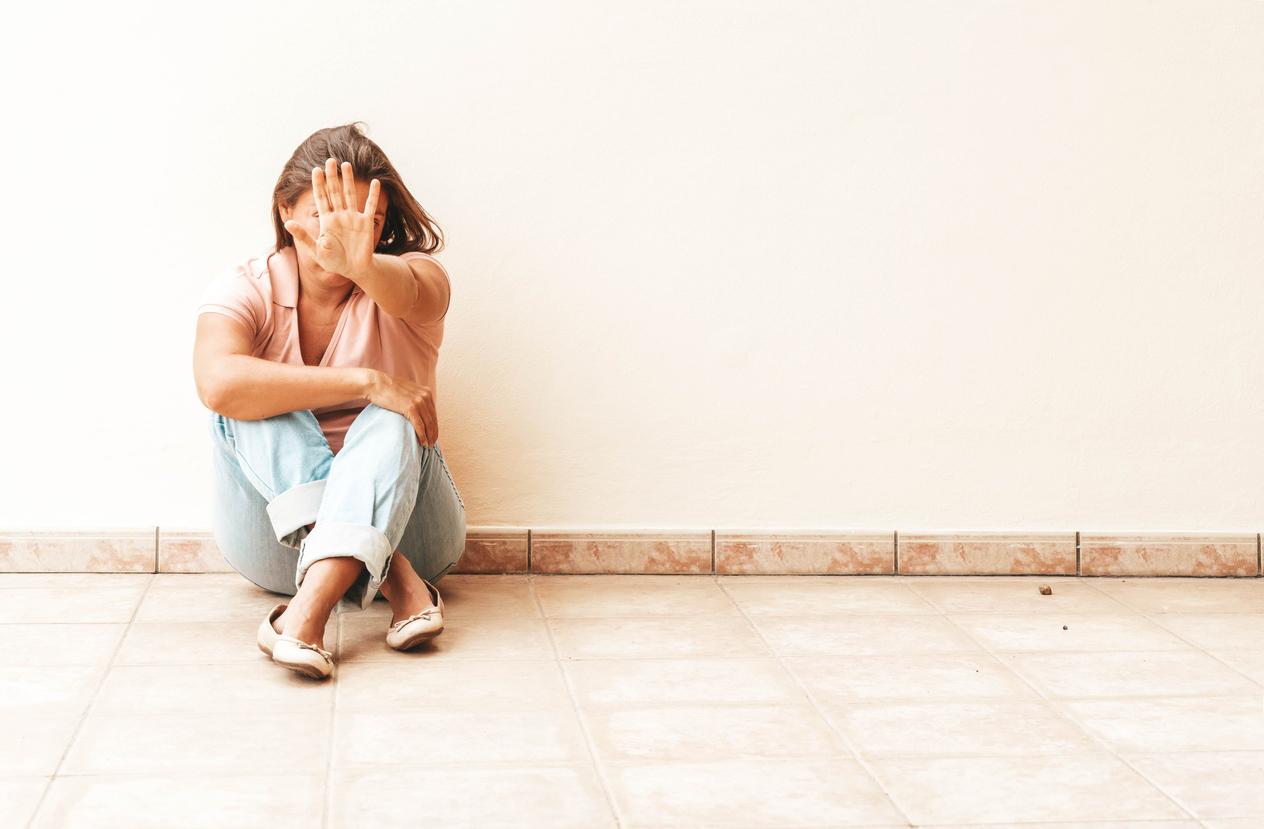A young American has received a surprising diagnosis: he has leprosy, an infectious disease that causes skin lesions.

- Nearly 200,000 new cases of leprosy are registered each year in the world.
- Leprosy is a chronic infectious disease caused by the bacillus Mycobacterium leprae.
- In the United States, a new case of leprosy was recently reported.
In the Middle Ages, several leprosy pandemics took place from the 11th century to the 14th century. Also called Hansen’s disease, this pathology is now rarer. However, nearly 200,000 new cases of leprosy are recorded each year, according to the World Health Organization (WHO). “Leprosy remains a major public health problem for several countries in Africa, Asia and Latin America”noted the Pasteur Institute.
A case of leprosy observed in the United States
In the United States, a new case of leprosy has recently been reported. The young patient in his twenties thought he was suffering from a rash. Initial tests on the Texas man’s skin were unsuccessful, yet patches were present on his skin and he had been suffering from numbness and tingling for three months. The medical team therefore then sent a skin sample to a specialized laboratory, which made the diagnosis of leprosy, according to an article in the newspaper. the Sun.
Leprosy is a chronic infectious disease caused by the bacillus Mycobacterium leprae, which primarily affects the skin and peripheral nerves. The evolution of the pathology is slow: the incubation period is on average five years, and the symptoms can sometimes appear 20 years after contamination. Leprosy is characterized by damage to the skin, peripheral nerves, lining of the upper respiratory tract and eyes.
How is leprosy transmitted?
Leprosy is transmitted through contaminated droplets from the patient’s nose and mouth. Contagion therefore takes place during close and prolonged contact, over several months, with an individual affected by leprosy. “The occasional contact with a person affected by leprosy, for example shaking hands, hugging them, sharing a meal with them or sitting next to them, does not enough to contract the disease. In addition, the patient ceases to be contagious when he begins treatment”has indicated WHO.
Leprosy: what are the treatments?
If left untreated, leprosy can lead to progressive and permanent disabilities. Treatment at an early stage therefore makes it possible to prevent these risks of complications. “The currently recommended treatment regimen is combination chemotherapy which includes three drugs: dapsone, rifampicin and clofazimine. The duration of treatment is six months for paucibacillary cases [ndlr une à cinq lésions cutanées insensibles] and 12 months for multibacillary cases [plus de cinq lésions cutanées insensibles]. Polychemotherapy eliminates the pathogen and cures the patient.assured the WHO.















